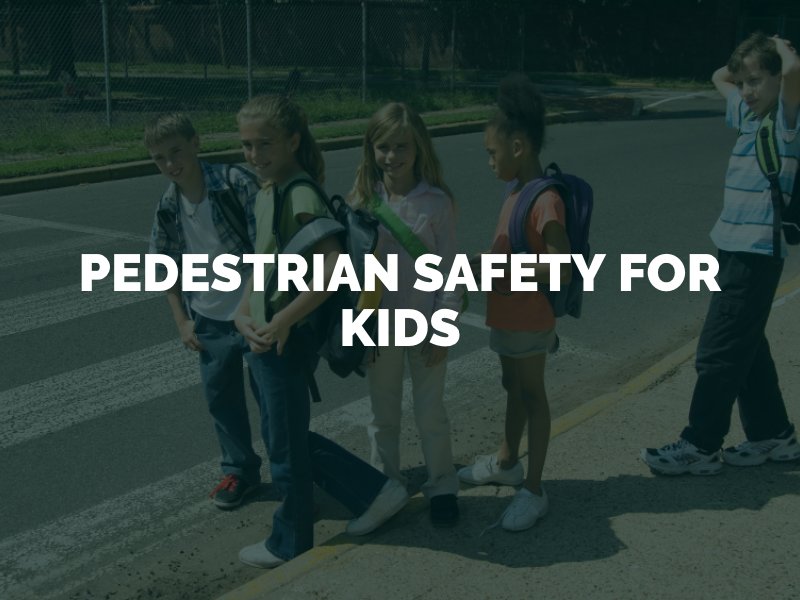We use cookies to help you navigate efficiently and perform certain functions. You will find detailed information about all cookies under each consent category below.
The cookies that are categorised as "Necessary" are stored on your browser as they are essential for enabling the basic functionalities of the site. ...
Necessary cookies are required to enable the basic features of this site, such as providing secure log-in or adjusting your consent preferences. These cookies do not store any personally identifiable data.
Functional cookies help perform certain functionalities like sharing the content of the website on social media platforms, collecting feedback, and other third-party features.
Analytical cookies are used to understand how visitors interact with the website. These cookies help provide information on metrics such as the number of visitors, bounce rate, traffic source, etc.
Performance cookies are used to understand and analyse the key performance indexes of the website which helps in delivering a better user experience for the visitors.
Advertisement cookies are used to provide visitors with customised advertisements based on the pages you visited previously and to analyse the effectiveness of the ad campaigns.
Pedestrians are the most vulnerable roadway users. Children are the most susceptible type of pedestrians to accidents. When walking to school, the park or somewhere else in Colorado, children are the most at risk of collisions with motor vehicles. Data from the Colorado Department of Transportation shows 90 pedestrian deaths in the state in 2018 and 76 in 2019. Every year, children lose their lives in pedestrian-vehicle collisions. Teach your child a few key pedestrian safety tips to decrease his or her risk of an accident.

There is safety in numbers. Your child’s risks of a pedestrian collision are lower if he or she walks in a group. If your child has to walk to and from school or another destination, send him or her with a group of friends or peers. Children 10 and under should always walk and cross streets with adults. Children older than 10 may walk unassisted but should do so in groups to optimize pedestrian safety. A driver will be more likely to notice and stop for a group of children versus one child walking alone.
Teaching your child to walk with an adult or hold hands when crossing the street are important steps in protecting him or her from an accident. However, it is also important to teach your child how to behave when walking alone. Children need to learn from an early age when they can and cannot cross the road. Pedestrian collisions involving children often arise because children dart out into the road when they do not have the right-of-way.
From the beginning, impress upon your child how dangerous it is to step into oncoming traffic. Explain basic pedestrian roadway rules: use the sidewalk, only cross at crosswalks, never jaywalk, wait for the walk signal and look both ways for cars before crossing. Giving your child an understanding of pedestrian laws could decrease the odds of him or her running into the road or crossing when it is illegal or unsafe to do so. Set an example by always obeying pedestrian traffic rules yourself.
Common pedestrian distractions, such as cellphones and headphones, will become more of a threat when your child gets older. However, it is important to instill principles in your child for safe walking early on. Highlight the dangers of walking while distracted. Emphasize how important it is for your child to always pay attention to the road – even when he or she has the right-of-way or a walk signal. Pedestrians of all ages should look both ways before stepping off of a curb, even with a green light. Too many drivers are negligent or reckless to assume they will all stop for pedestrians. Your child should not chat with friends, look at a phone, daydream or otherwise walk while distracted for optimal safety.
Many drivers involved in pedestrian-vehicle collisions say they never saw the pedestrian or he/she “came out of nowhere.” Decrease the odds of this happening to your child by outfitting him or her with high-visibility clothes and gear. Dress your child in bright colors such as yellow or orange. Consider using a high-visibility vest and reflectors, especially when walking at night. The right clothing could help a driver see your child while walking alongside the road or crossing the street.
You can also increase your child’s visibility by teaching him or her to walk on the sidewalk and obey traffic laws. Drivers expect to see pedestrians crossing at marked intersections when they have the right-of-way. They will be less likely to notice and stop for a child who is crossing between intersections or who is walking in the road instead of on a sidewalk. Teaching your child to stay on sidewalks and interact safely with drivers could make their actions more predictable for motorists – decreasing the risks of a collision. If your child does get into an accident in Denver, contact a Denver pedestrian accident lawyer for legal advice.
Notifications